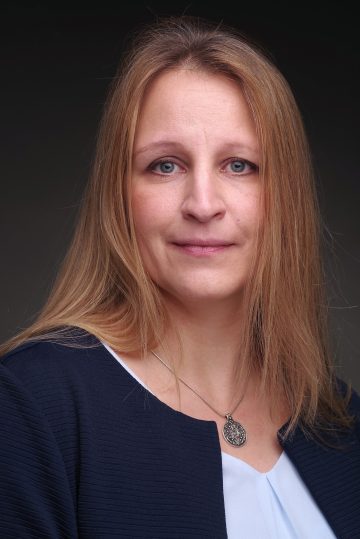How to engage citizens to establish renewable community energy projects

Gerlind Wagner-Vogel
Project Coordinator
Kiel University
Kiel, Germany
Co2mmunity is a network of organisations which are scattered across eight different countries in the Baltic Sea Region (BSR). Our mission is to facilitate community energy (CE) project development as part of a transition to renewable energy sources. To achieve this mission, we create local partnerships for energy project development, provide knowledge, develop tools, and organise stakeholder meetings. Instead of working in isolation, we exchange ideas and experiences while continuously supporting one another. Doing so will help us improve our understanding of CE barriers and enablers, and thus relay the acquired knowledge to policy makers. Therewith, the Co2mmunity project contributes to the European Union’s vision of providing Clean Energy for all Europeans.
Energize Co2mmunity is the extension project of the Co2mmunity project, intending to further develop pilot projects and reach more stakeholders in the piloting regions. We try to find solutions to overcome barriers to CE projects and promote the transferable RENCOP model as a solution.
The Co2mmunity project is co-funded under the INTERREG programme by the European Regional Development Fund alongside the project partners’ own contributions.
What is Community Energy?
CE projects offer the generation of renewable energy (RE) from local sources such as solar, biomass, hydropower, and geothermal. Projects are developed and implemented through active participation of local communities, in which citizens work together to co-finance, co-develop, and co-operate RE plants. Sustainable energy distribution, such as local heating networks and biogas filling stations have a greater chance of success as CE projects. Furthermore, through active communication, transparent decision-making, and local benefit sharing, CE projects have high social acceptance.
Who Benefits from our Project?
There are currently no comprehensive documents concerning CE in the BSR. Therefore, one of Co2mmunity’s objectives is to fill this knowledge gap. From our shared experience, we created a CE knowledge base to help enhance institutional capacities to support local communities. These benefits will not only be felt by municipalities, but also institutions responsible for regional energy planning, political decision-makers, and both energy and citizen’s associations that facilitate CE projects.
In the project pilot regions across the BSR, the CE stakeholders benefit from coordination and facilitation through our RENCOP coordinators. The six pilot projects will be instructive examples for the participatory mobilisation process according to RENCOP and for profitable RE on a community level. Ultimately citizens benefit from the outputs and have access to knowledge that allows them to take the energy transition into their own hands.
EU Law on Renewable Energy
As renewable energy technologies have become more accessible, citizens have got more empowered. The ‘Clean Energy for all Europeans Package’ together with the recast Renewable Energy Directive make it easier for citizens to form energy communities, but also to produce, store, and sell their own renewable energy.
Promoting Community Energy (CE)
1. The recent Green Deal of the European Union includes:
* the claim for clean, affordable, and secure energy, setting out the requirements that future energy systems must meet. These requirements can be fulfilled by enabling and facilitating energy communities to take an assured position in societies and to operate actively in the energy market. Therefore, the new EU legislation on CE should effectively be transposed and then properly and intensively implemented in each EU member state.
* the direct and central focus on building renovation and energy efficiency. CE directly supports relevant activities – engage citizens to lower consumption, deploy more efficient infrastructure, collective decision making, supporting communities at large to initiate buildings renovation projects and focus on fighting energy poverty.
2. The Green Deal does not include concrete detailed measures on how to support the democratisation of the energy system, and to assure and encourage communities as well as local municipalities participating in energy production. There is the need to include a more detailed description about the role and expectations of CE in this, as CE is the prime opportunity for communities to take ownership of a fair share of the decentralised and renewable energy production in the near future.
3. The Clean Energy Package (CEP) clearly acknowledges the big potential of CE since it will secure social acceptance of the Energy Transition. It states that in every member, state the barriers to CE should be mapped and consequently removed with determined political action at all levels. Creating a stable policy framework and eliminating regulatory barriers is the key to seize the potential of CE.
Expert article 3160
>Back to Baltic Rim Economies 1/2022
To receive the Baltic Rim Economies review free of charge, you may register to the mailing list.
The review is published 4-6 times a year.
